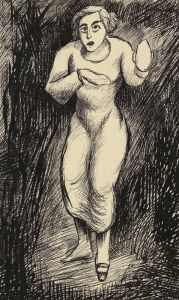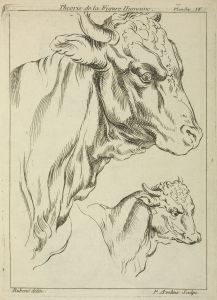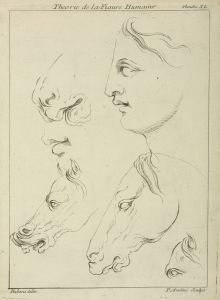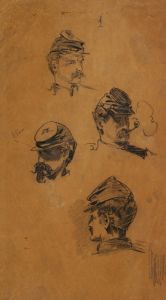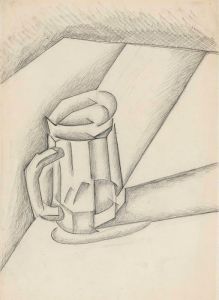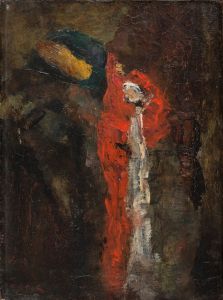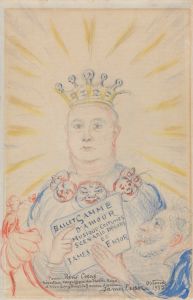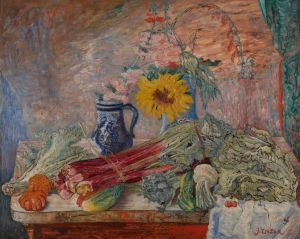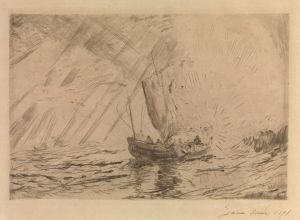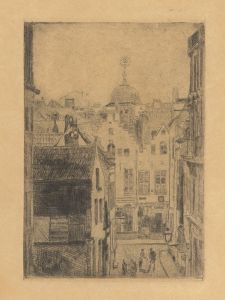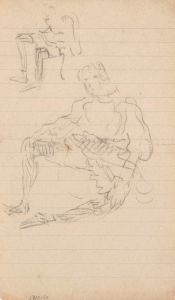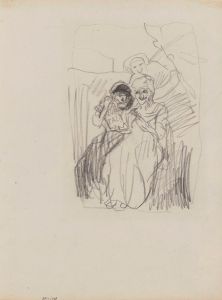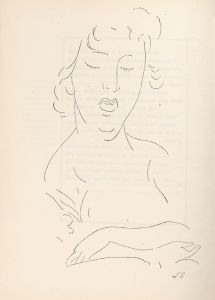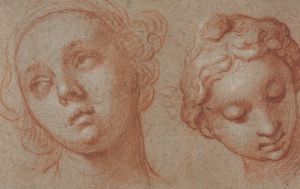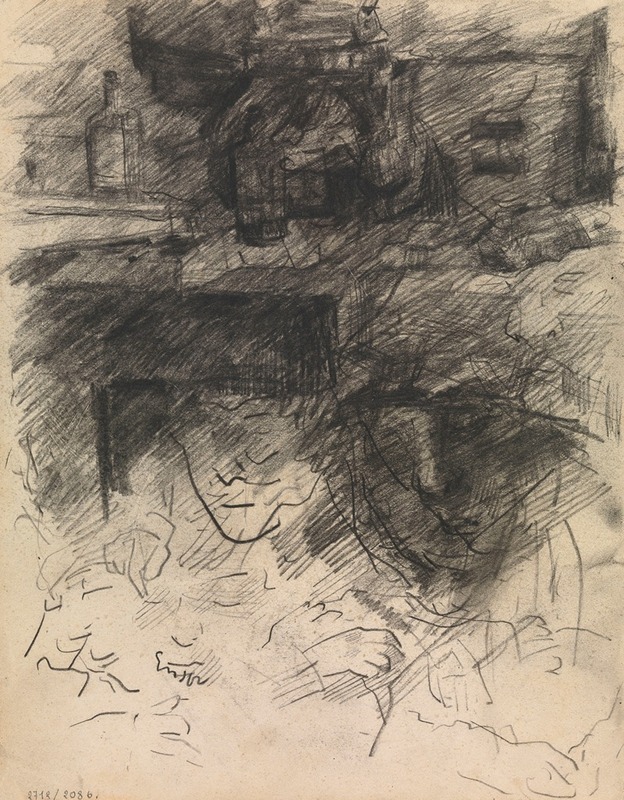
Heads and Still Life with Bottles
A hand-painted replica of James Ensor’s masterpiece Heads and Still Life with Bottles, meticulously crafted by professional artists to capture the true essence of the original. Each piece is created with museum-quality canvas and rare mineral pigments, carefully painted by experienced artists with delicate brushstrokes and rich, layered colors to perfectly recreate the texture of the original artwork. Unlike machine-printed reproductions, this hand-painted version brings the painting to life, infused with the artist’s emotions and skill in every stroke. Whether for personal collection or home decoration, it instantly elevates the artistic atmosphere of any space.
James Ensor, a renowned Belgian painter, is celebrated for his unique and often provocative style that blends elements of symbolism and expressionism. His work "Heads and Still Life with Bottles" exemplifies his distinctive approach to art, characterized by vivid colors, intricate details, and a penchant for the macabre and the satirical.
Ensor was born in 1860 in Ostend, Belgium, and spent most of his life there. His upbringing in a family that ran a curiosity shop filled with exotic items and carnival masks greatly influenced his artistic vision. Ensor's exposure to such eclectic and often bizarre objects is reflected in his work, which frequently features masks, skeletons, and fantastical elements.
"Head and Still Life with Bottles" is a testament to Ensor's ability to merge traditional still life with his unique thematic interests. The painting showcases a collection of bottles, a common subject in still life paintings, but Ensor adds a twist by incorporating human heads, which may be interpreted as masks or actual heads. This combination of the animate and inanimate is a recurring motif in Ensor's work, challenging the viewer's perception and inviting them to explore deeper meanings.
Ensor's use of color in this painting is particularly noteworthy. He employs a vibrant palette that brings an almost surreal quality to the composition. The bold use of reds, blues, and yellows creates a dynamic contrast, drawing attention to the juxtaposition of the lifeless bottles and the expressive heads. This vivid coloration is a hallmark of Ensor's style, setting his work apart from his contemporaries and aligning him with the broader symbolist movement, which sought to express emotions and ideas through color and form.
The painting also reflects Ensor's interest in the grotesque and the absurd. By placing human heads alongside everyday objects like bottles, Ensor blurs the line between reality and fantasy, a technique that invites viewers to question the nature of existence and the boundaries of the human experience. This thematic exploration is consistent with Ensor's broader body of work, which often critiques societal norms and explores existential themes.
Ensor's influence on modern art is significant. His willingness to defy conventional artistic norms and explore unconventional themes paved the way for future movements such as expressionism and surrealism. Artists like Edvard Munch and even later surrealists like Salvador Dalí drew inspiration from Ensor's bold approach to subject matter and his innovative use of color and composition.
"Head and Still Life with Bottles" is a compelling example of James Ensor's artistic legacy. It encapsulates his fascination with the bizarre and the beautiful, the real and the imagined. Through this work, Ensor invites viewers into a world where the ordinary is transformed into the extraordinary, encouraging a deeper reflection on the complexities of life and art.





